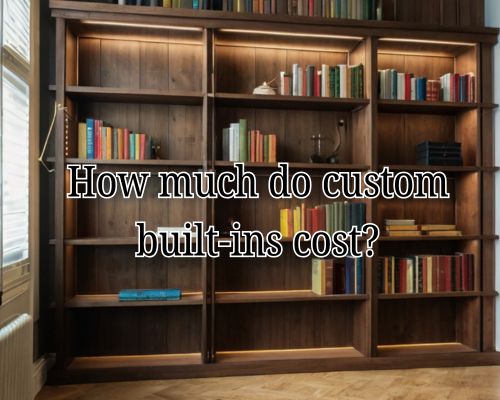Solar energy systems are a renewable, clean and sustainable way to power your home or business. They can be grid-tied or off grid, and they come in a variety of sizes.
A solar panel consists of a series of silicon cells that collect light to generate electricity. Each cell has a rated power output that’s often quoted in watts.
Grid-Tied
A grid-tied solar energy system is one that is linked to the electricity grid. This connection enables homeowners to use their home’s power and receive credits for extra solar electricity they produce, as well as any excess energy they export back to the utility grid.
Grid-tied systems are often the most cost effective and easiest to install solar options. Because they do not require a battery, they can be installed on a smaller scale, making the upfront investment easier to manage.
In addition to reducing the initial cost, grid-tied solar systems have other significant advantages, including the ability to earn bill credits for any excess electricity that is exported to the grid. This energy credit can be used to offset energy bills throughout the year.
However, this flexibility is limited by a number of factors, particularly the seasonal changes in sunlight availability and weather patterns. During the summer months, when the sun is abundant and electricity use for cooling is lower, homes with grid-tied solar systems export far more power than they import. This excess electricity is typically credited to the homeowner’s electric bill as “net metering.”
Off Grid
Off grid solar energy systems produce electricity from the sun using solar panels and batteries. They are an excellent option for people who live in remote areas, and have no access to a utility line.
The key components of an off grid system are solar panels, power electronics (inverter/charger and charge controller) and batteries. Batteries are important because they store the energy produced by the solar panels for later use.
When sized properly, off grid solar systems are able to meet your entire power needs around the clock. They can also be sized to produce enough excess energy in the daytime that you will get compensated for by your utility through a mechanism known as net metering.
However, the high cost of off grid solar means homeowners are often forced to install relatively small systems. The amount of power provided is often further limited by inclement weather, which can reduce production by 50% or more.
Hybrid
Hybrid solar energy systems combine the benefits of both grid-tied and off-grid solar power. They also provide a seamless backup to the grid in case of an outage or any other power issue.
This technology can be used in both homes and businesses, and it allows you to use energy at off-peak times and maximize your savings on electricity prices. In addition, hybrid systems allow you to store excess panel production for later use in your batteries when peak pricing is high, or to pull from the grid in times of low energy usage.
These systems require more complex technology than traditional solar panels, and they need a skilled contractor to run smoothly. You will need to understand how your battery, inverter and grid all work together so that they all coordinate to produce the right amount of electricity for your home.
Storage
Solar energy systems work by absorbing sunlight and producing electricity using photovoltaic (PV) solar cells. The electricity produced can be used for heating and lighting, or it can be stored for later use.
Storage is essential in solar energy systems because the sun’s rays aren’t always visible, especially on cloudy days. To combat this, homeowners can utilize different methods for storing their solar energy, such as batteries, mechanical or thermal storage technologies, and more.
Battery-based solar energy storage is one of the most common ways to store residential solar power. These energy storage systems are safe, environmentally friendly, and have many benefits.
Homeowners usually purchase a solar battery as an emergency backup for their home during power outages. Having a battery on hand means you won’t be dependent on the utility grid, which can save you money and protect your home from electric rate increases.
